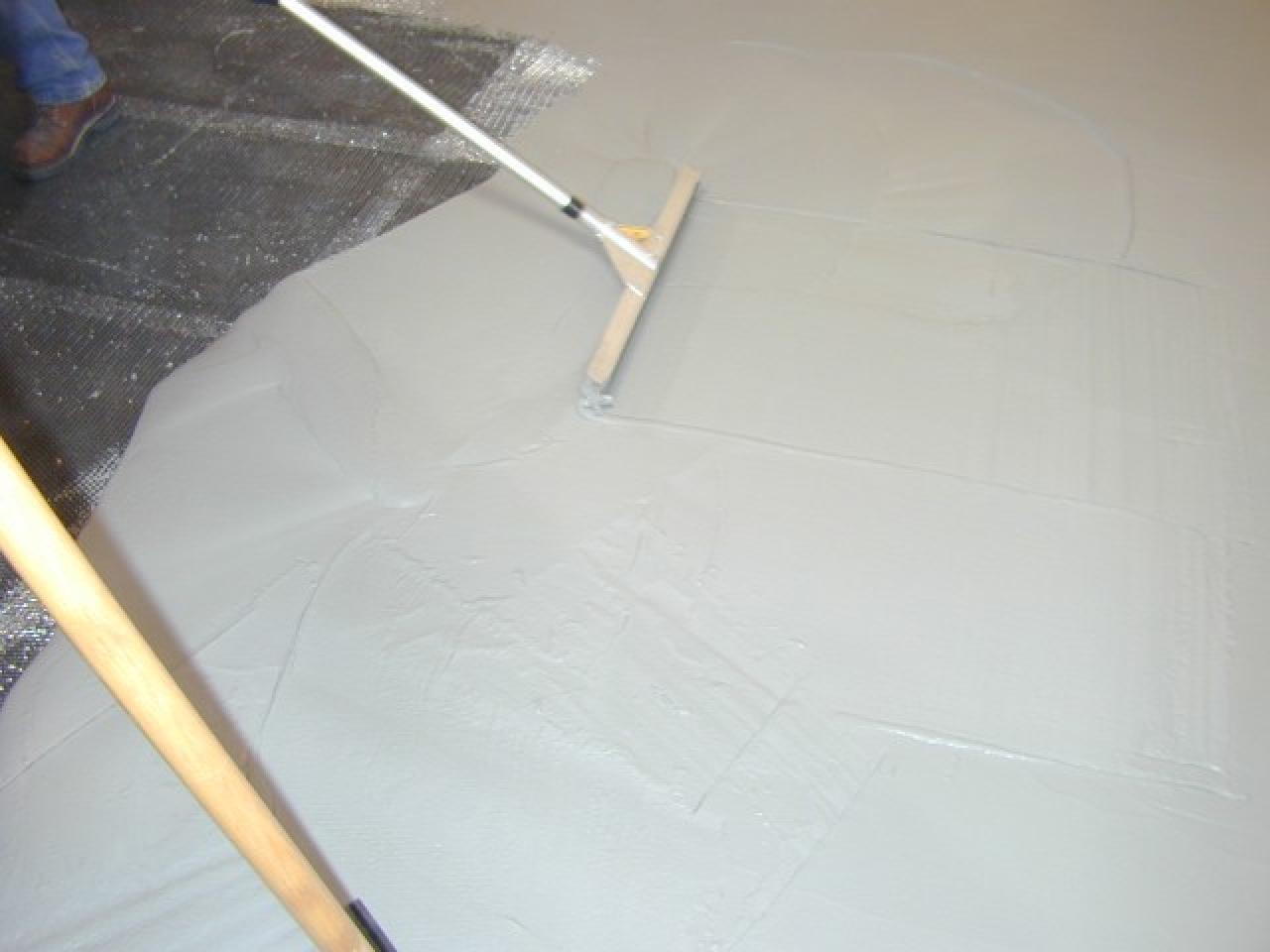Whether you have a concrete patio or an interior flooring in desperate need of repair, resurfacing, or improvement for decorative reasons, concrete overlay is the best and most affordable solution. Concrete overlay isn’t difficult to find. In fact, there are various types and high-quality concrete overlays in Houston. In case you’re wondering if you can DIY concrete floor overlay at home, definitely yes! Most people hire professional concrete installers to do the work but it is actually quite an easy and exciting project. However, you will need some training and practice before you start looking for concrete overlays near you and dive in on a DIY project. In this article, we will explore what concrete floor overlay is, the types of concrete floor overlay, and how to DIY concrete floor overlay.
What is Concrete Overlay?
A concrete overlay is a thin color concrete cement based product you apply over an existing concrete for repair or aesthetic purposes. Although each manufacturer has its own proprietary blend, concrete overlay is usually composed of portland cements, various aggregates and polymer resins which work as a “glue” that bonds the overlay to the existing concrete. Depending on your desired finish, you can apply concrete overlay as thin as paper or in most cases, up to 3/4 inch.
Types of Concrete Floor Overlays
Concrete floor overlays come in different varieties, uses, and applications. It is important to know what you want for a finished look, which works best for your interior surfaces, and the ones that fit your outdoor or recreation area. Here are the most common types of concrete overlays:
- Stamped concrete overlay gives the concrete floor the appearance and texture of wood, tile, brick or cobblestone making it a great choice for both indoors and outdoor application. This type of overlay also takes staining very well that is why it can be integrally colored as desired.
- Spray down or sprayed on concrete overlay is great for areas in your home that require a knockdown texture for a slip-resistance cement surface such as pool decks, patios, walkways, and driveways.
- Micro-toppings overlay rejuvenates old, worn concrete floors and repairs small imperfections, giving them the look of new concrete. It is ultra thin and usually not more than 3/16 inch.
- Self-leveling overlay fixes an unlevelled surface. The good thing about this overlay is it dries very fast and can be walked on in a couple of hours. Applying this overlay could be quite tricky that is why it is crucial to follow the manufacturer’s technical data sheets if you really opt for this type of overlay. Since it is sensitive to ambient conditions, applying this overlay demands a short working window and religiously following the right amount of liquid component. Otherwise, it will not flow and set if you put too little, or it will crack if put too much.
How to DIY Concrete Floor Overlay
There are many things you should consider before starting a DIY concrete floor overlay, including the structural integrity of the concrete floor being resurfaced and the look you want to achieve. If the existing floor is badly cracked, settled or soft and powdery you should postpone your overlay plans and completely replace it instead. Aside from that, you should discuss with a professional or do some readings about the conditions that will affect the quality and longevity of the concrete overlay as well as the maintenance required. After you have done these steps, you’re all set to begin your DIY project!
In installing concrete overlay there are a few steps involved which should be tackled systematically.
Preparation
Concrete overlays usually hold strongly to the existing concrete flooring but if you want the application to be seamless and your concrete overlay to last, it is crucial to prepare the surface to be applied on. Here’s how you prepare your existing concrete floor:
- Clear the concrete base from all kinds of substances like dirt, grease, paint, and sealants that may prevent the overlay from bonding.
- Achieve a solid concrete base by removing spoiled concrete like delamination, spalling and scaling.
- Make sure the cracks are filled in so that they are not evident on the overlay.
- To ensure that the polished concrete flooring overlay holds well, apply mechanical profiling or acid etching to roughen the surface of the concrete base.
Overlaying Process
Although concrete overlays come in different forms — some come pre-blended mix that require you to add water; others require mixing the polymer additive and any pigmentation desired with the cement and other dry ingredients; and there are those that can go right over properly prepared surfaces — follow the manufacturer’s instructions in applying your concrete overlay onto the base.
Depending on the properties of the cement overlay, the drying period will last for about three to five days.
Conclusion
Concrete overlay is a very exciting and rewarding DIY project. Even if you’re not an expert, you can permanently cover up surface imperfections in your existing concrete floors and give it a complete face-lift and at a much lower cost. If you’re doing it for the first time, buy different types of concrete overlays and try each of them on some hardy board or old concrete. You can check out https://www.houstondecorativeconcrete.com/ today for premium, cost-effective, and reliable concrete overlays in Houston.

Leave a Reply